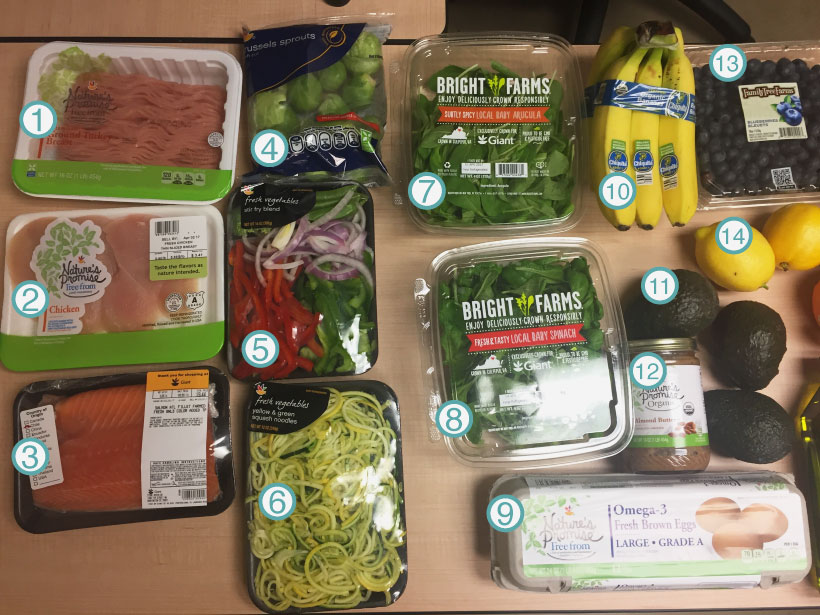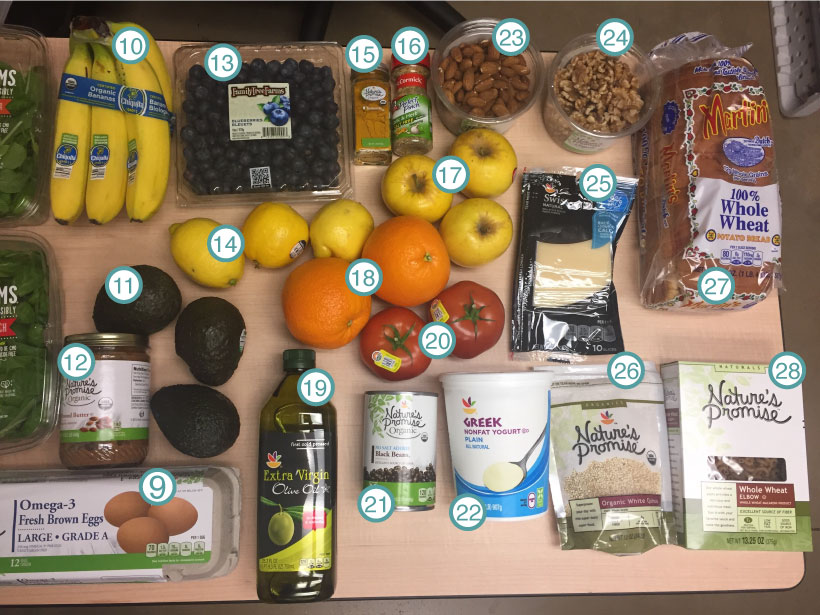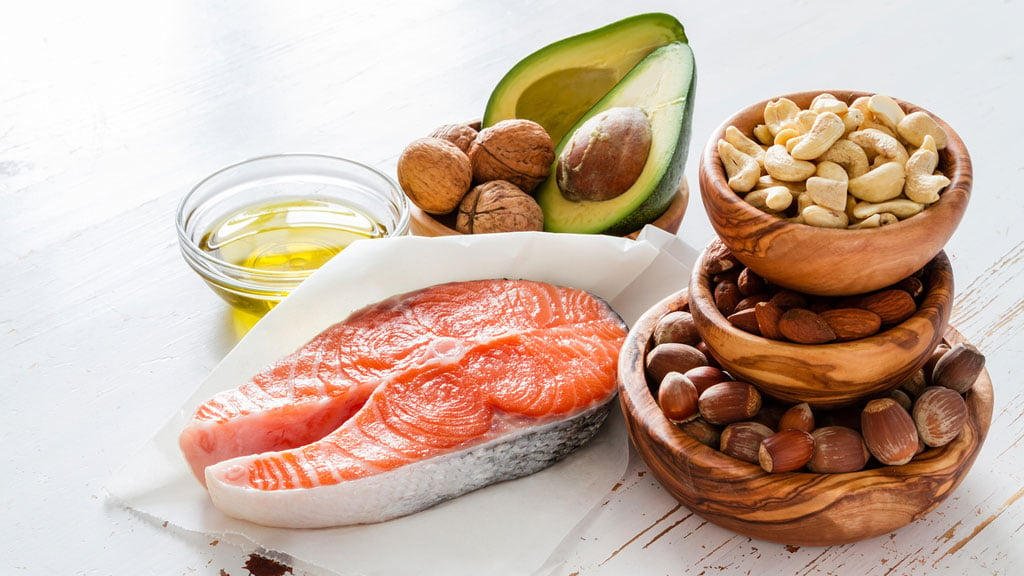When most people talk about going on a diet, they typically are approaching it with one goal in mind: losing weight. And yet, for the seventh year in a row, the diet that topped U.S. News and World Report’s ranking of the healthiest diets had nothing to do with the scale.
Rather, the DASH Diet—which stands for Dietary Approaches to Stop Hypertension—is all about lowering blood pressure. Given that high blood pressure is linked to heart disease, the number one killer of Americans, it makes sense that this diet would get two thumbs up from the pros.
The DASH Diet was developed through research at the National Institutes of Health, and while that may not be as sexy a source as Goop—and the DASH website would definitely make any Gwyneth fan cringe—there’s actually a lot to say for choosing DASH over the trendier diets. For starters, it’s not that complicated and it’s actually sustainable.
“A lot of people will come to me and say, I want to follow this diet or What do you think about this diet? and usually those trendy diets are not very sustainable for long periods of time,” says Roxana Ehsani, an in-store nutritionist with Giant Food. “They’re very restrictive, so they’re cutting out a lot of food groups and people tend to miss that after a certain period of time.”
In contrast, the DASH Diet allows for you to eat all kinds of foods; you don’t count calories or grams of fat on this diet. Rather, it simply puts an emphasis on fruits and vegetables (the original plan recommends you get in four to six servings of each, daily), whole grains, lean proteins, nuts, and low-fat dairy.
Little known fact: Giant grocery stores employ ten nutritionists who are available for store walk-throughs and teach in-store classes to help guide customers’ healthy shopping habits. To find out more about what it would take to maintain the DASH Diet, we met up with Ehsani at the Giant at O Street to pick up a week’s haul of DASH-approved groceries. Take a look at the breakdown below.

1. Lean proteins like ground turkey are lower in fat—and especially saturated fats—than you might find in red meats. Ehsani recommends limiting your red meat intake to avoid these extra fats.
2. Chicken is a great source of lean protein—Ehsani recommends looking for pieces that already have the fat (a.k.a. the white parts) trimmed off.
3. Salmon is awesome both for incorporating protein and for adding some Omega-3s into your diet.
4-8. With the DASH Diet’s recommended four to six servings of veggies daily, you’ll need to start getting creative about incorporating them into what you eat. Ehsani suggests tossing stir fry veggies into a skillet for dinner, roasting Brussels sprouts in the oven, and these squash noodles can replace pasta for those days when you just can’t handle another salad.
9. Eggs are another great (and easy!) source of protein.
10. Not only will bananas help you get to the magic number of fruit servings recommended by the DASH Diet, they’re also a great source of potassium, says Ehsani.
11. Avocados and other heathy fats—such as those found in olive oil and nuts—are all fair game on the DASH Diet.
12. Nut butters are a great source of protein and healthy fats. Ehsani says that eating it on a banana makes for a healthy snack.
13. All kinds of fruits are fair game on the DASH Diet. A half a cup of blueberries translates to one serving of fruit, says Ehsani.

14. One culprit of excess sodium in your diet may be salad dressings. Ingredients like lemons can help flavor foods without loading up on the sodium, says Ehsani.
15. Seasoning with spices—as opposed to salt—is a great way to make tasty food that doesn’t overdo it on sodium. Ehsani likes using tumeric. “You can really put it in anything,” she says. “It’s known for reducing inflammation—great for people with arthritis or for muscle recovery if you’re an athlete.”
16. McCormick’s line of “Perfect Pinch” seasonings are a go-to for Ehsani when coaching those on the DASH Diet. “It’s basically just a blend of herbs and spices,” says Ehsani. “It’s just different ways for people to flavor their food without the salt.”
17-18. While you can eat all sorts of fruits to incorporate four to six daily servings into your diet, Ehsani likes Opal apples, which don’t brown the way other varieties tend to do. Oranges are another good option for shaking up your fruit diet.
19. Ehsani recommends olive oil over butter for cooking, as it tends to have less saturated fat.
20. Tomatoes can be cooked or eaten raw, and they also add to your daily intake of fruits and veggies.
21. Beans are also an option under the DASH Diet, but Ehsani likes to look for the cans that have “no salt added,” which can cut down on a lot of unnecessary sodium.
22. Greek yogurt is a go-to for Ehsani because of its high protein content. Toss some berries on top to get in another serving of fruits.
23-24. The DASH Diet recommends three to six servings of nuts per week.
25. While processed cheeses tend to be high in sodium and fat, Ehsani finds Swiss cheese to be a decent option, as this package had 45 mg of sodium per slice, compared to 140 mg in a slice of cheddar off the same shelf.
26-28. When it comes to carbohydrates, the DASH Diet emphasizes whole grains—it suggests you get in three whole grain foods per day. When it comes to bread, Ehsani says, “One thing I like to show people is always picking 100-percent whole wheat. That should always be the first thing that you’re looking at. [Martin’s 100-percent whole wheat bread] is actually kind of funny—it’s potato bread—but it’s one of the lowest sodium options on the shelf. For one slice it has 110 mg, and a lot of other ones have up to 300.”




















